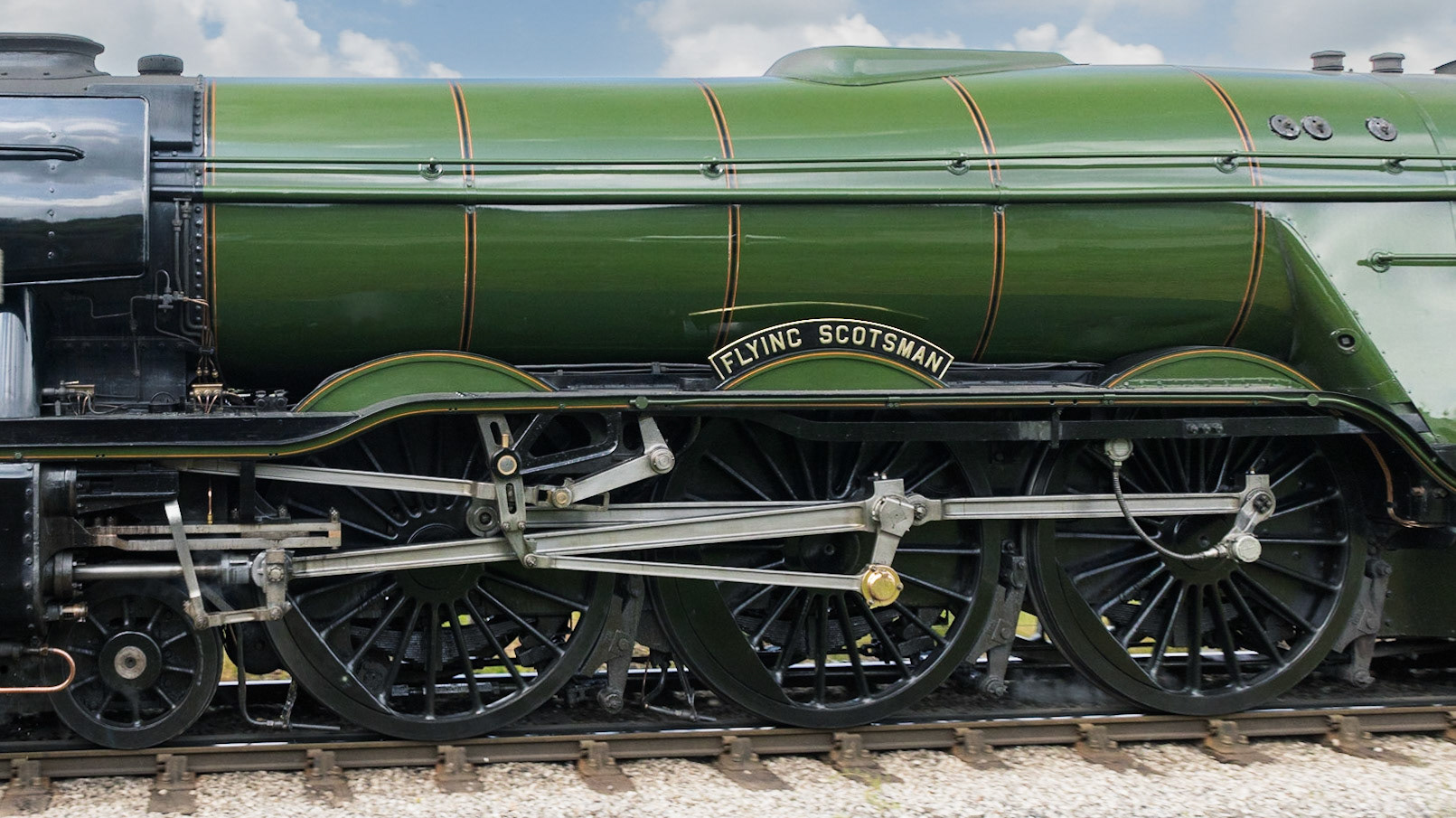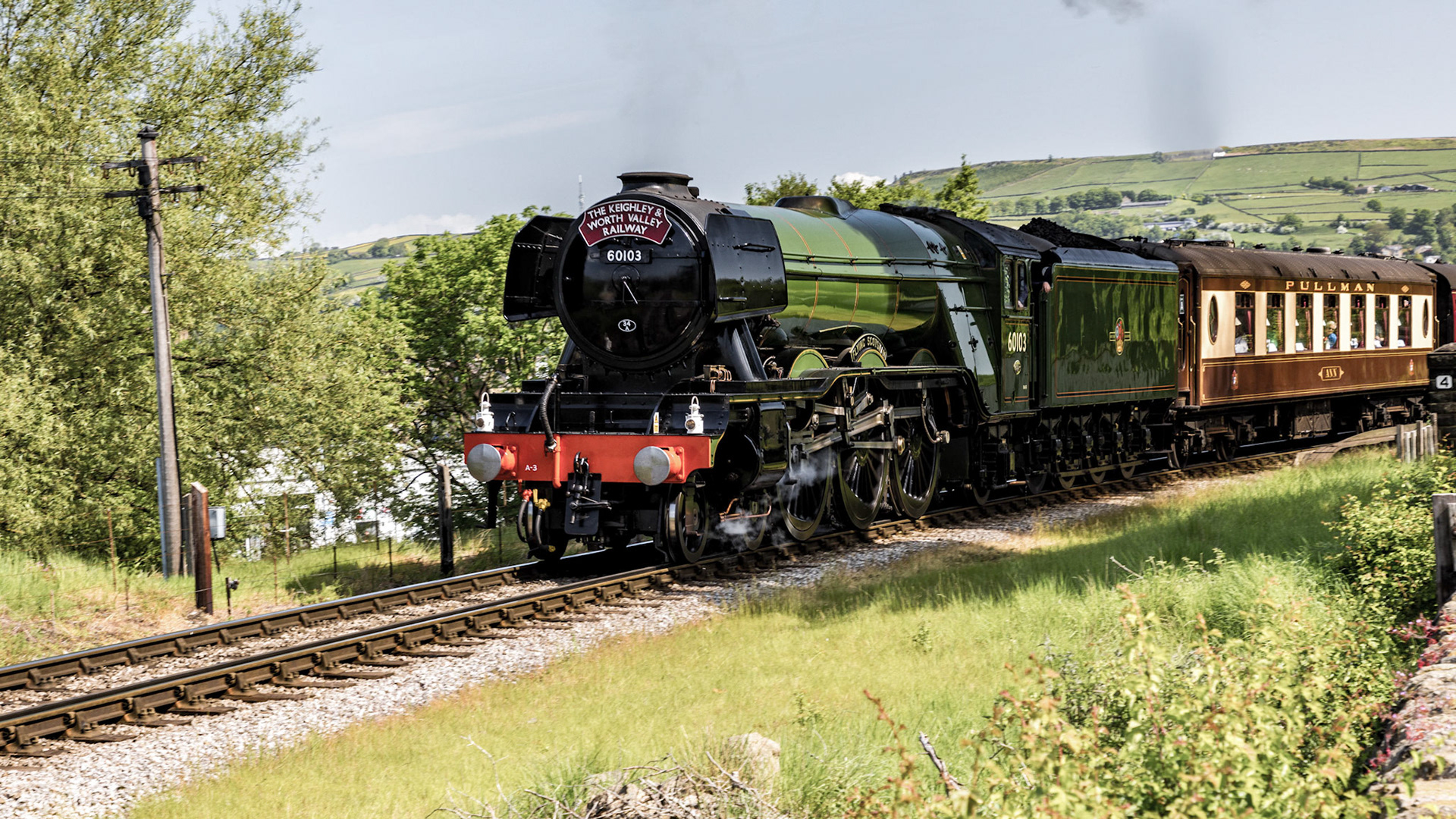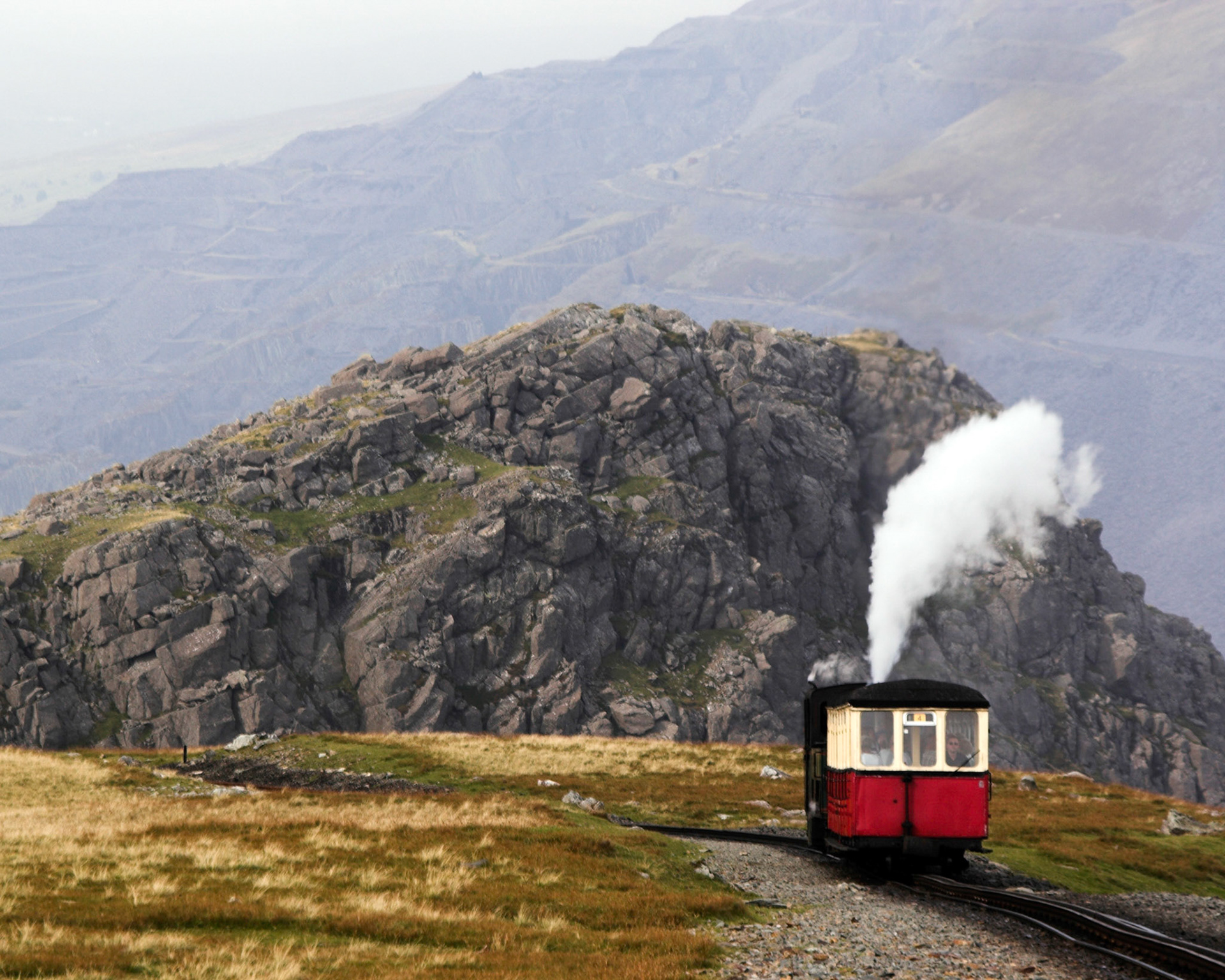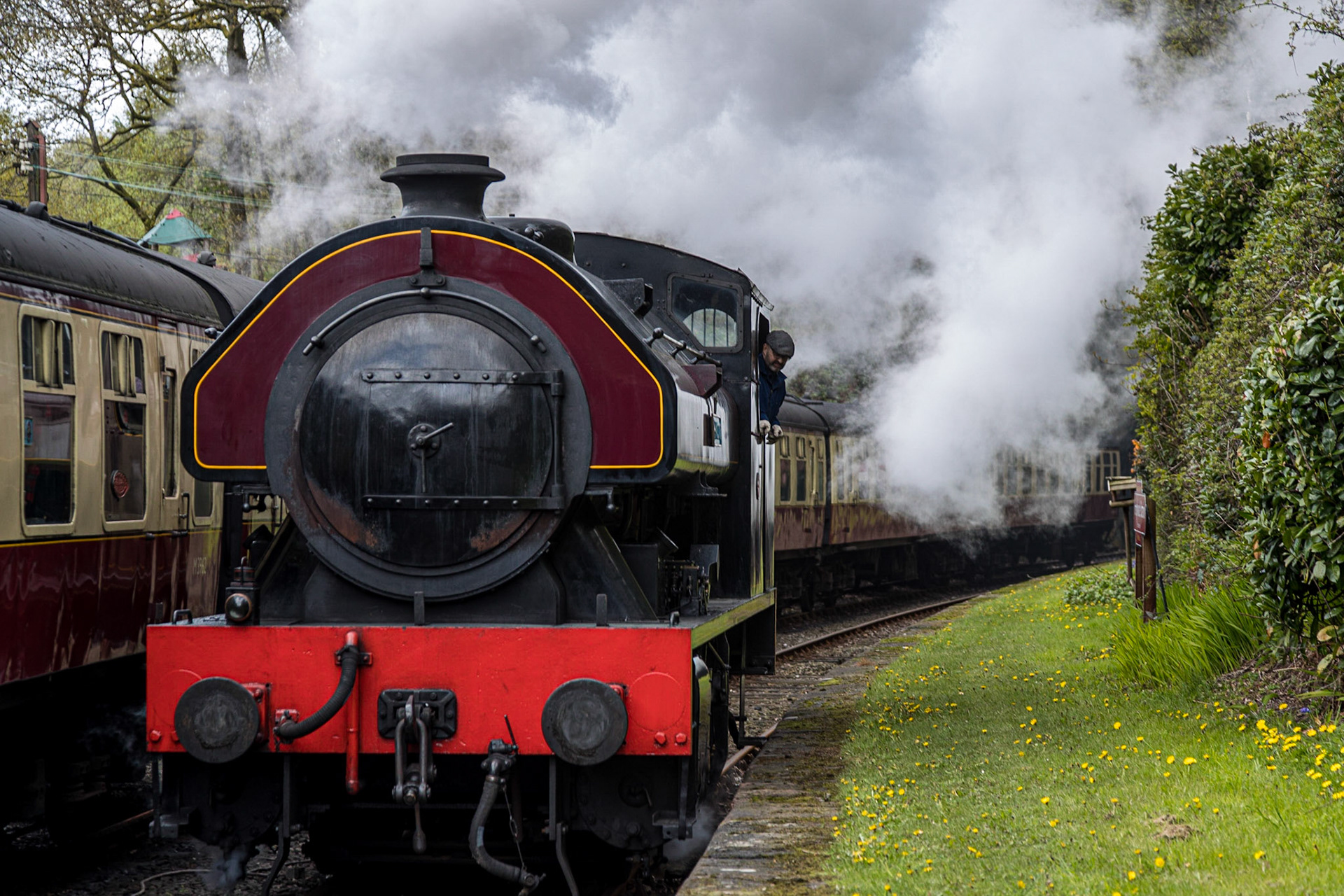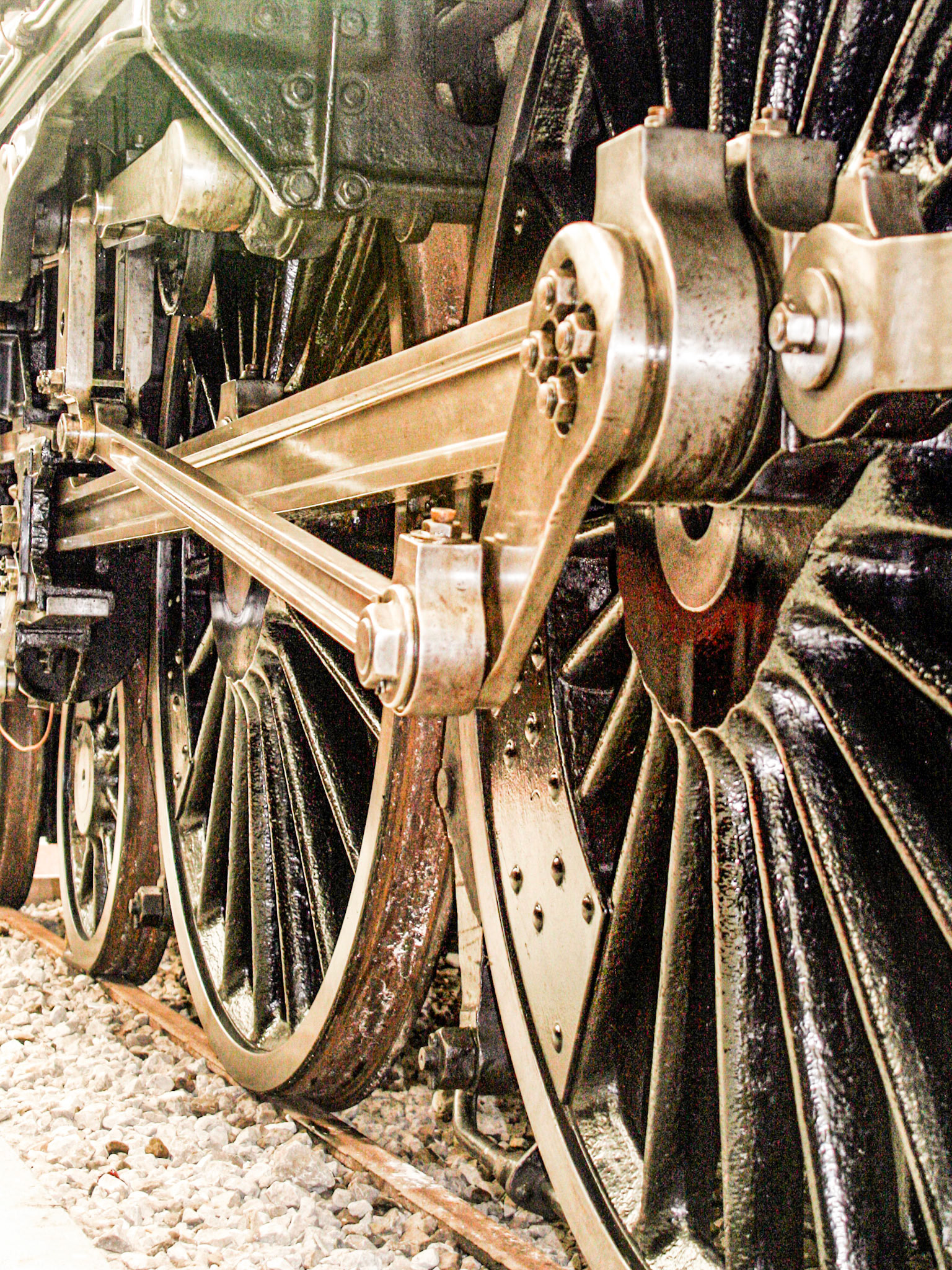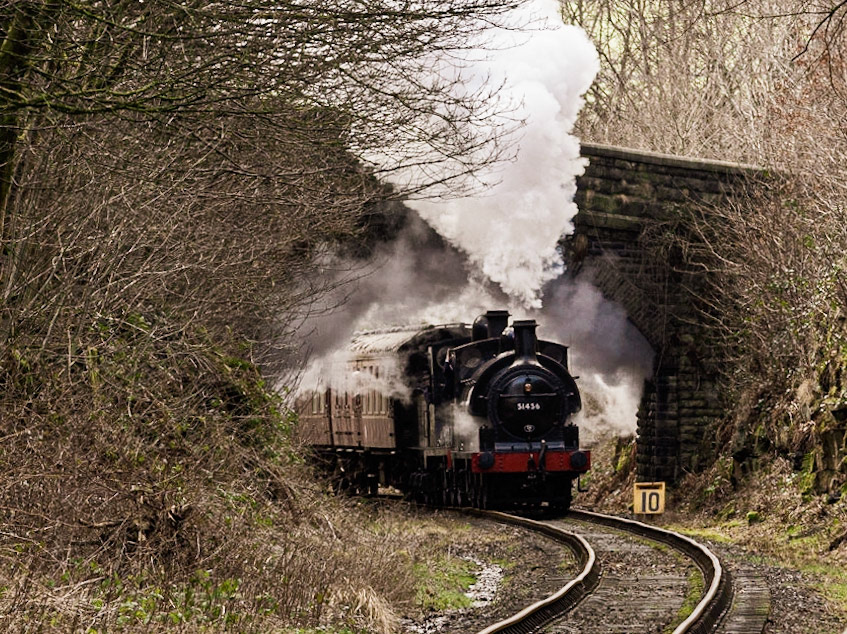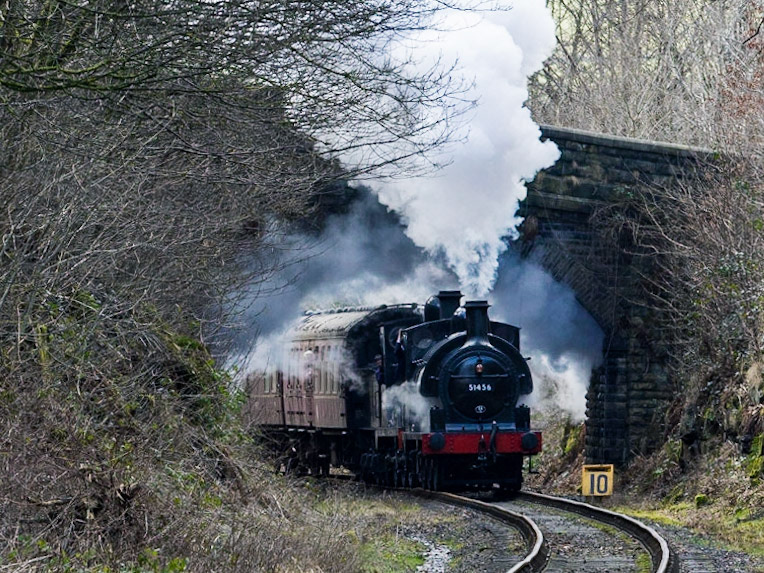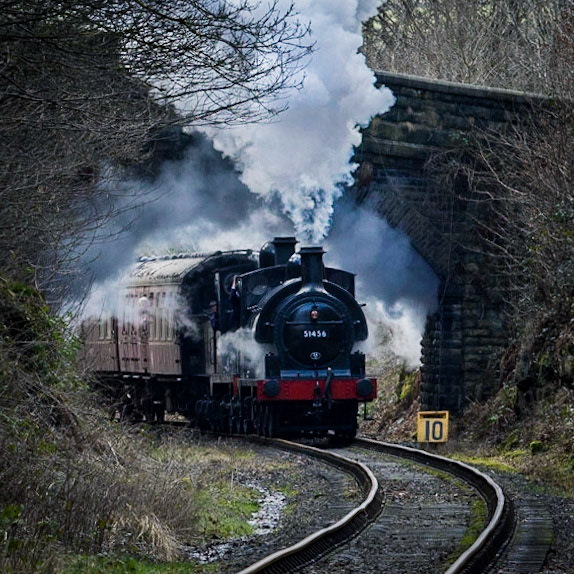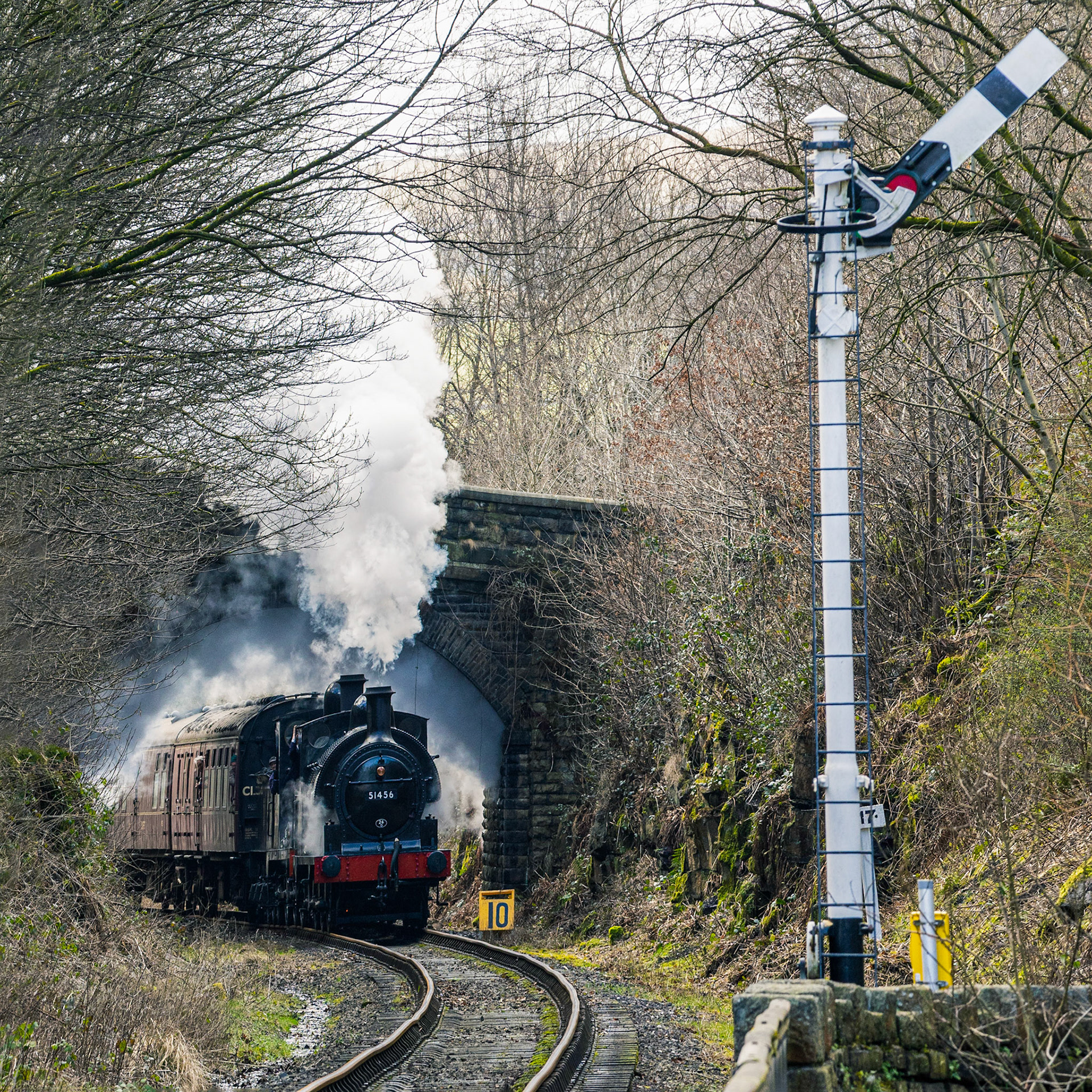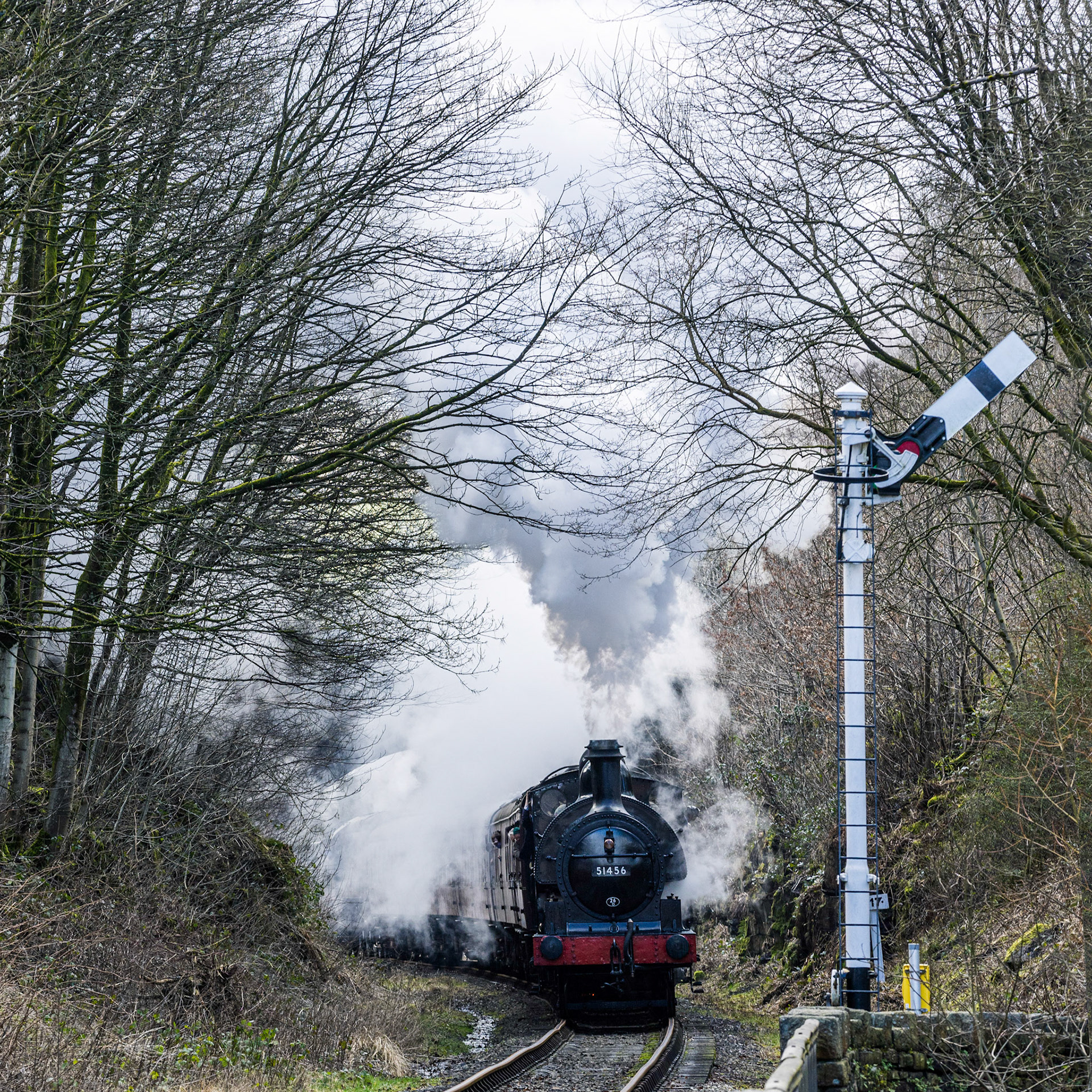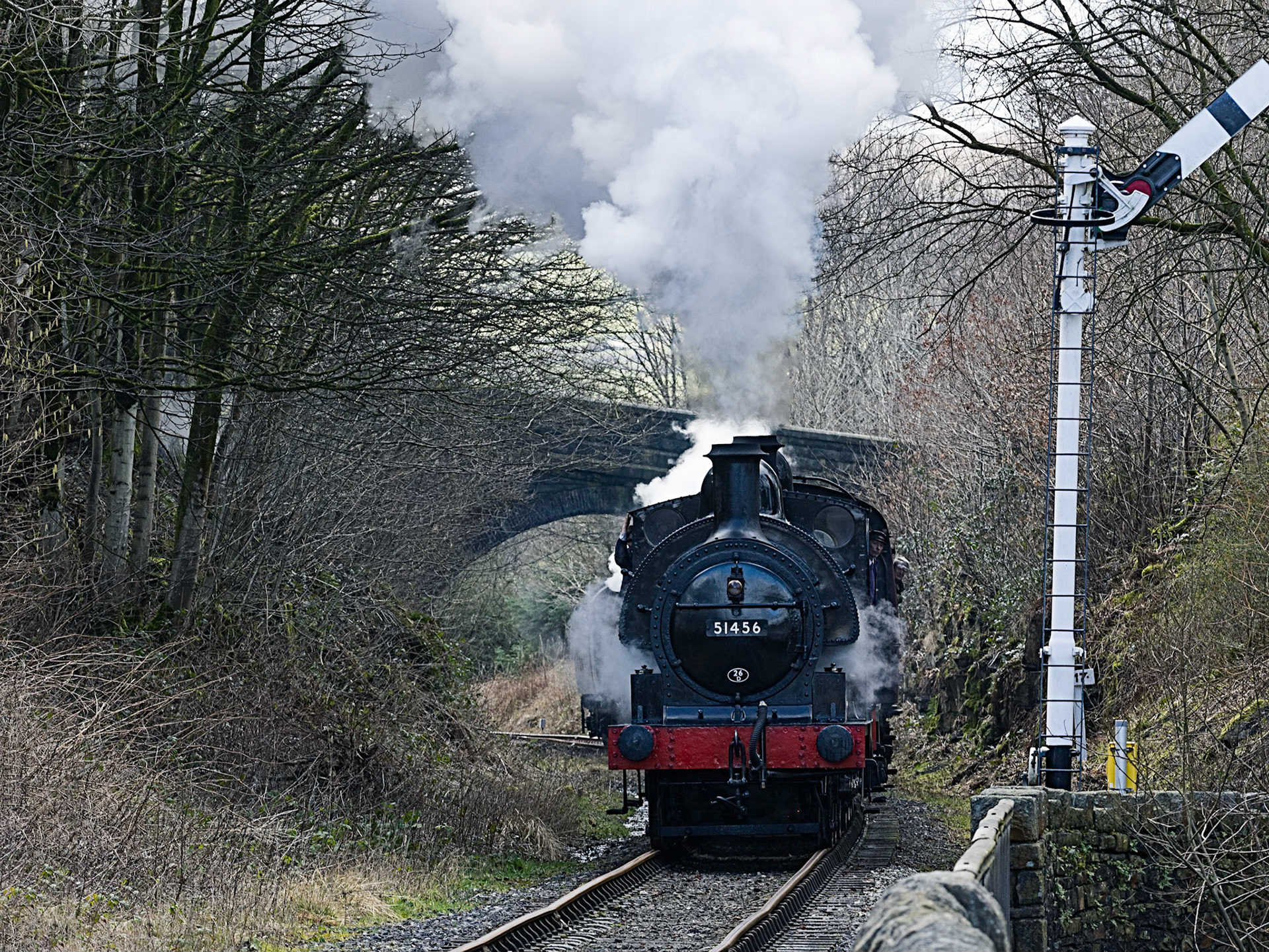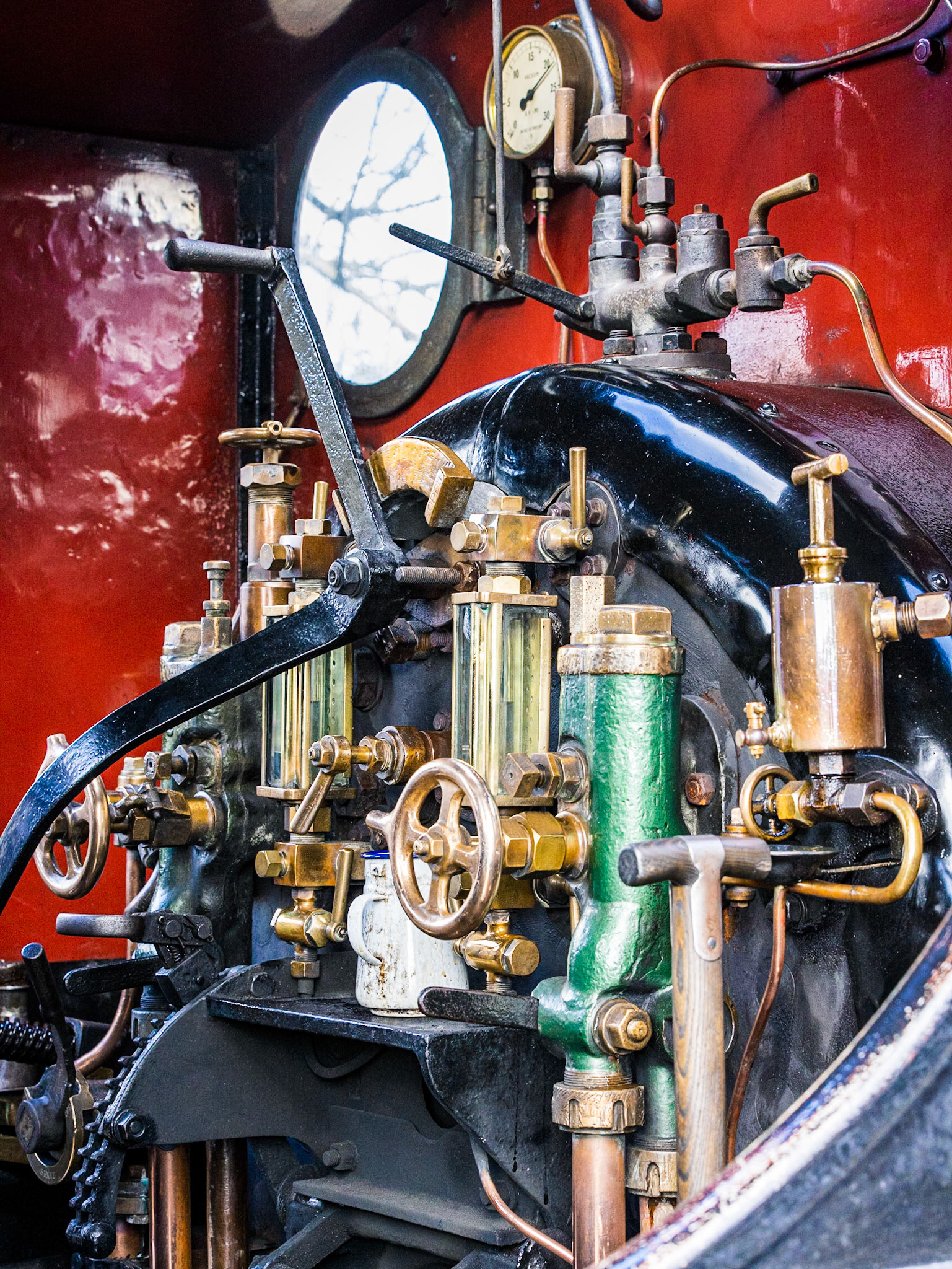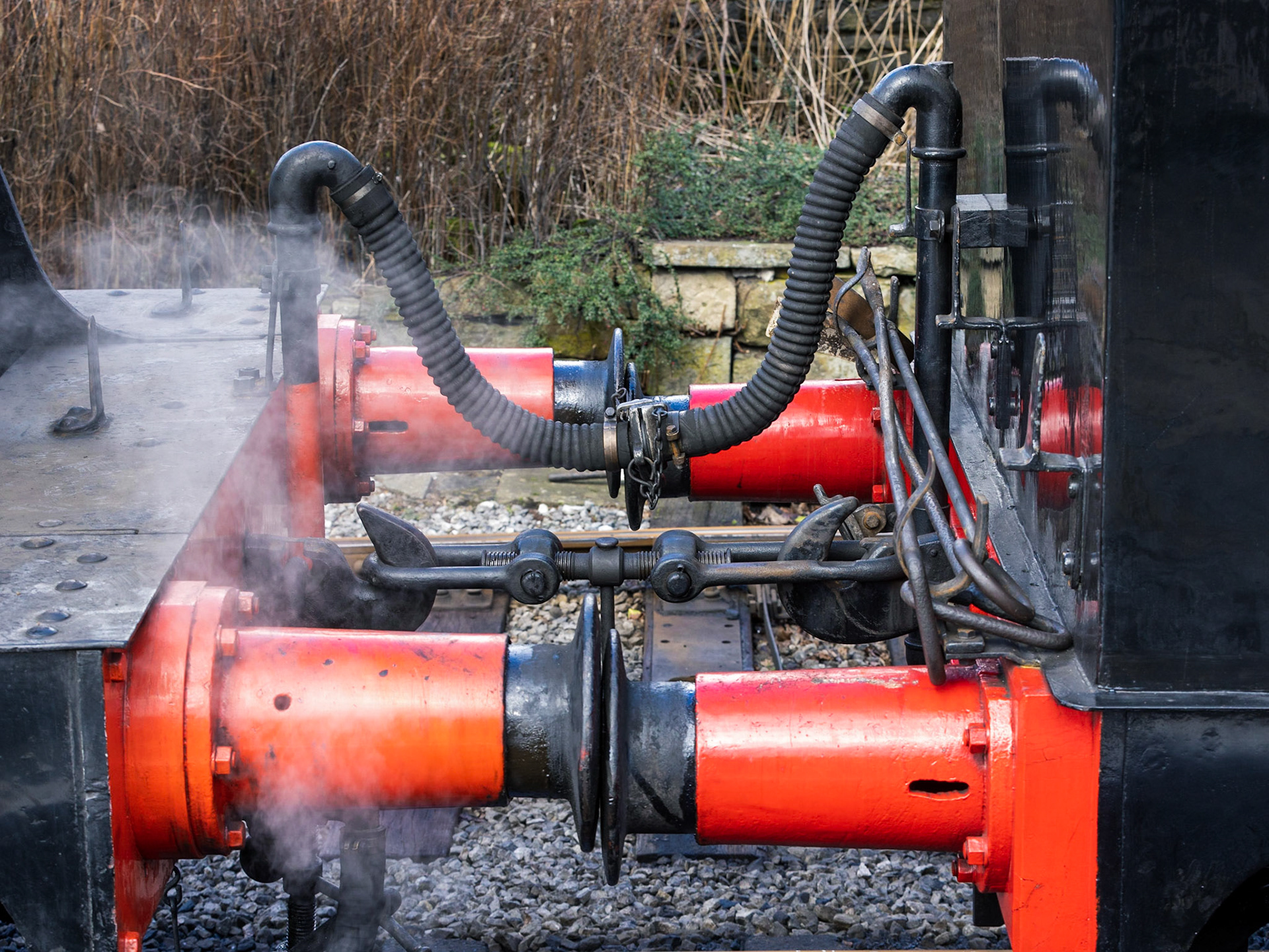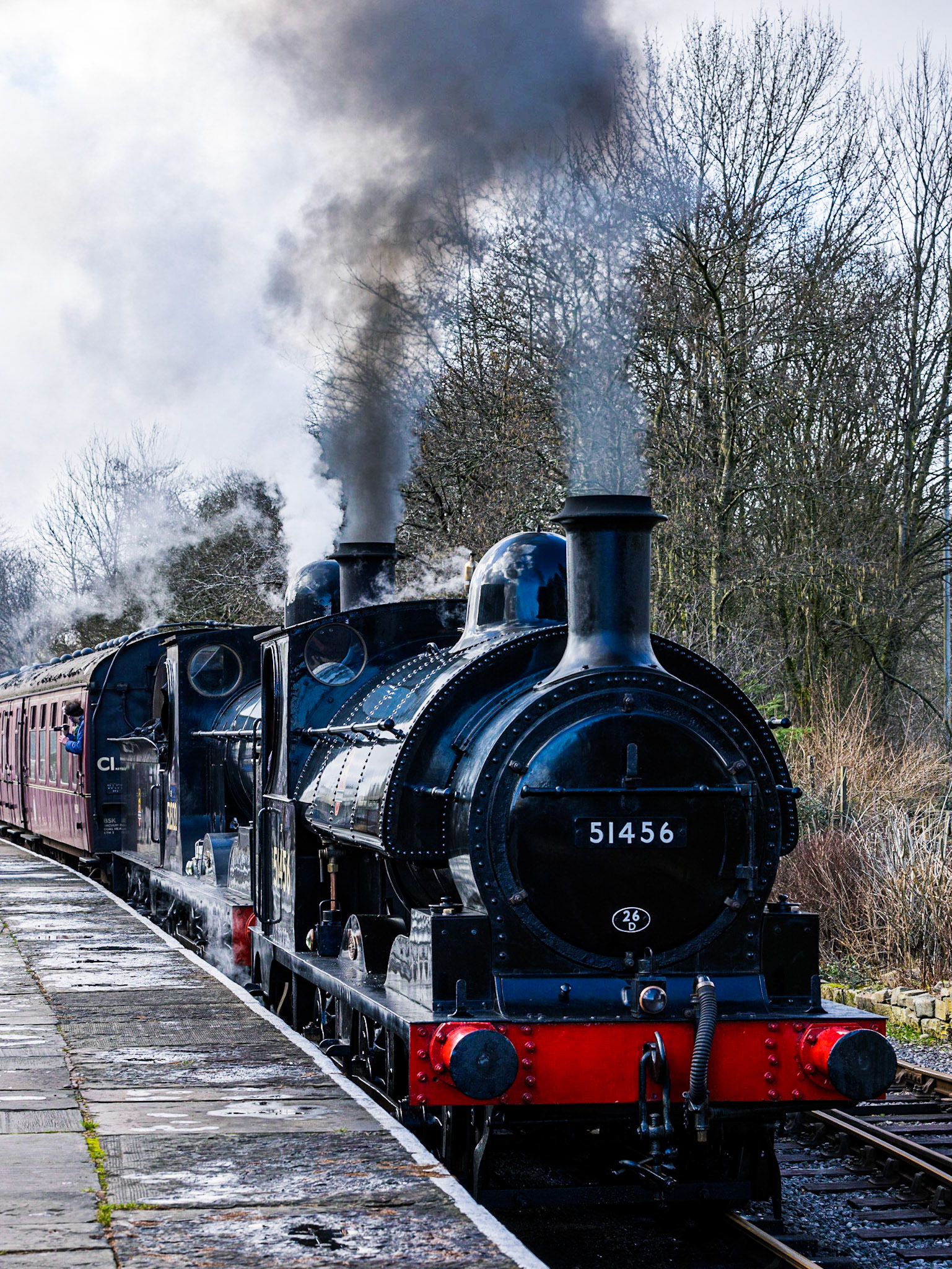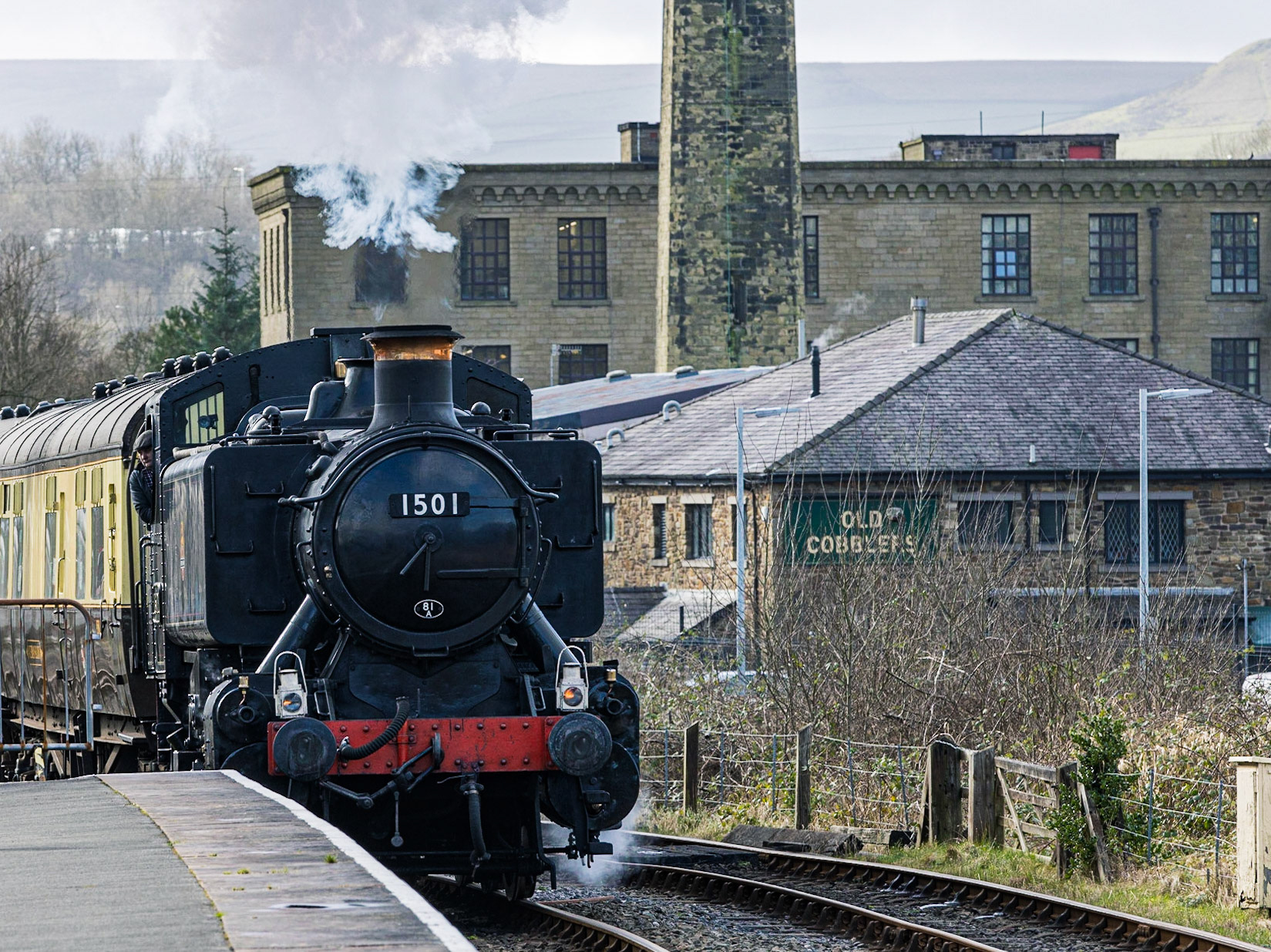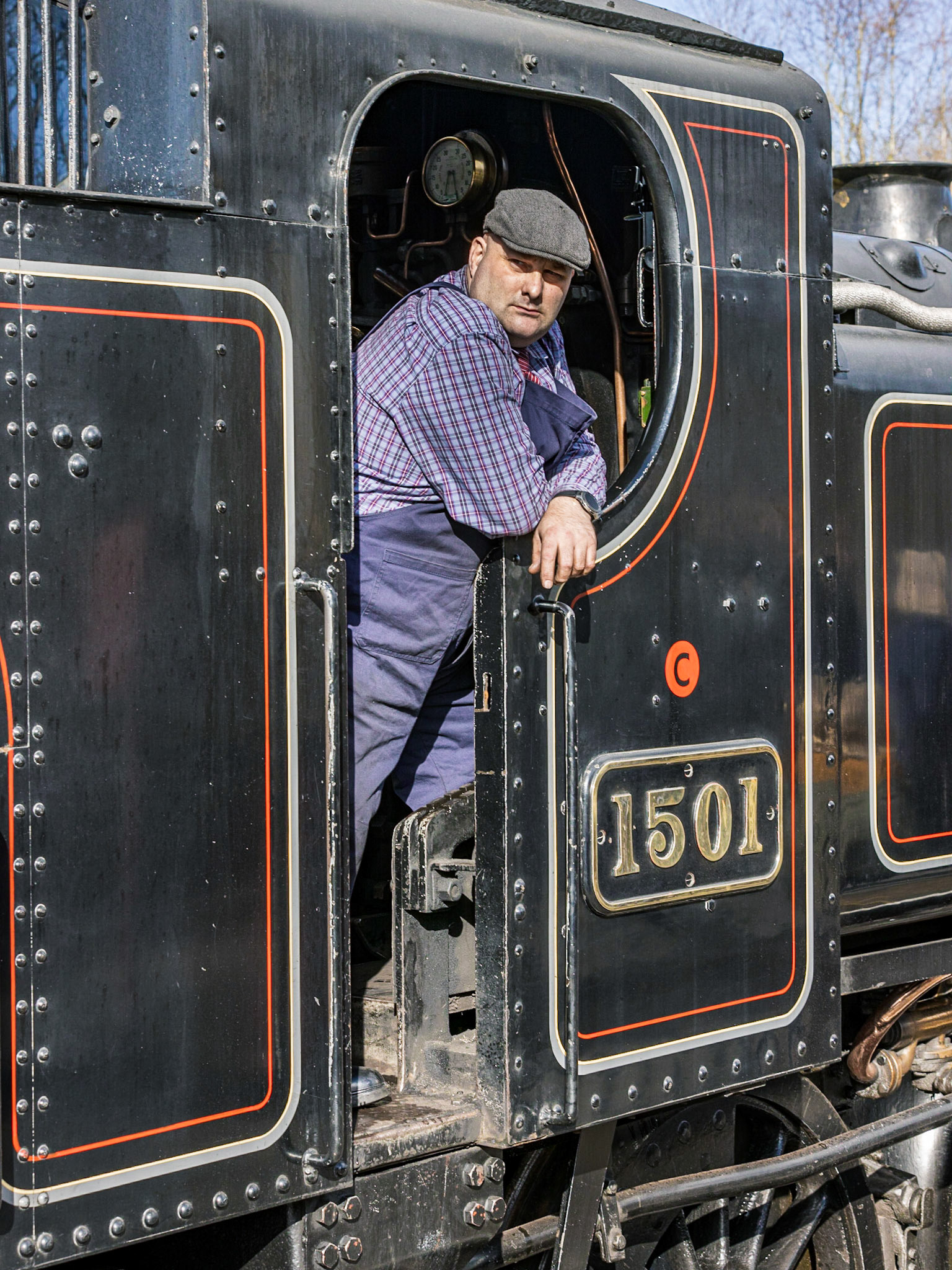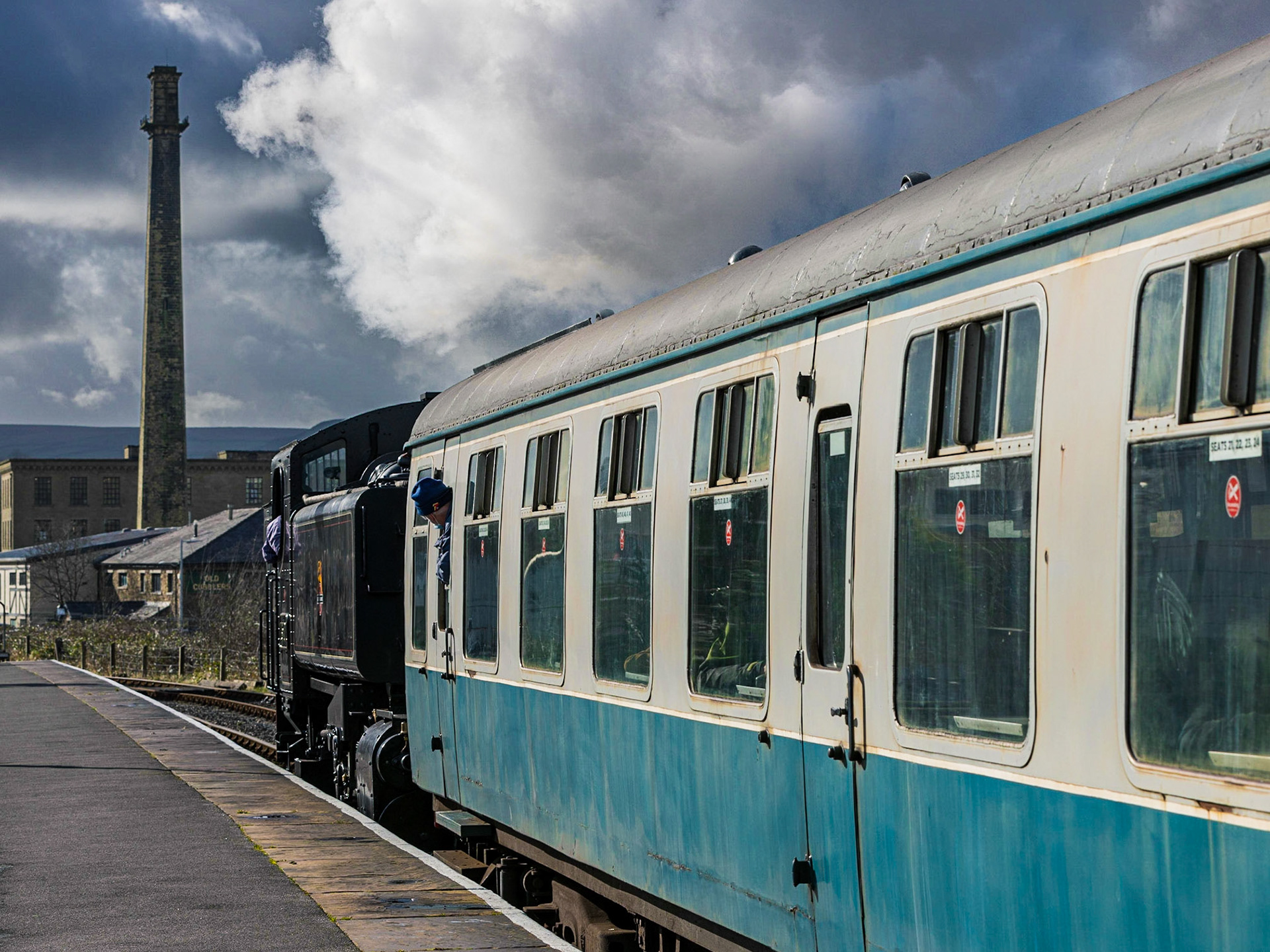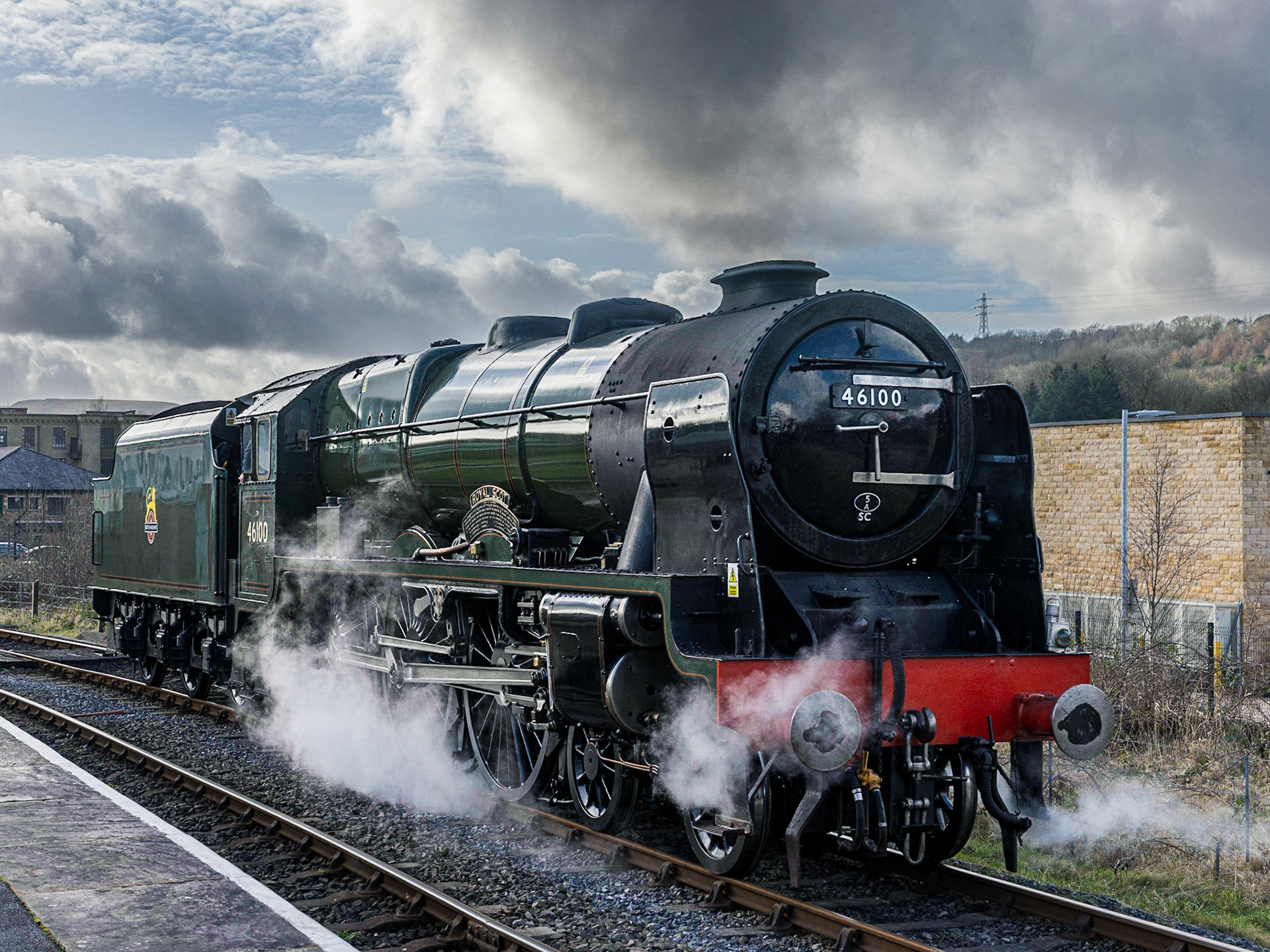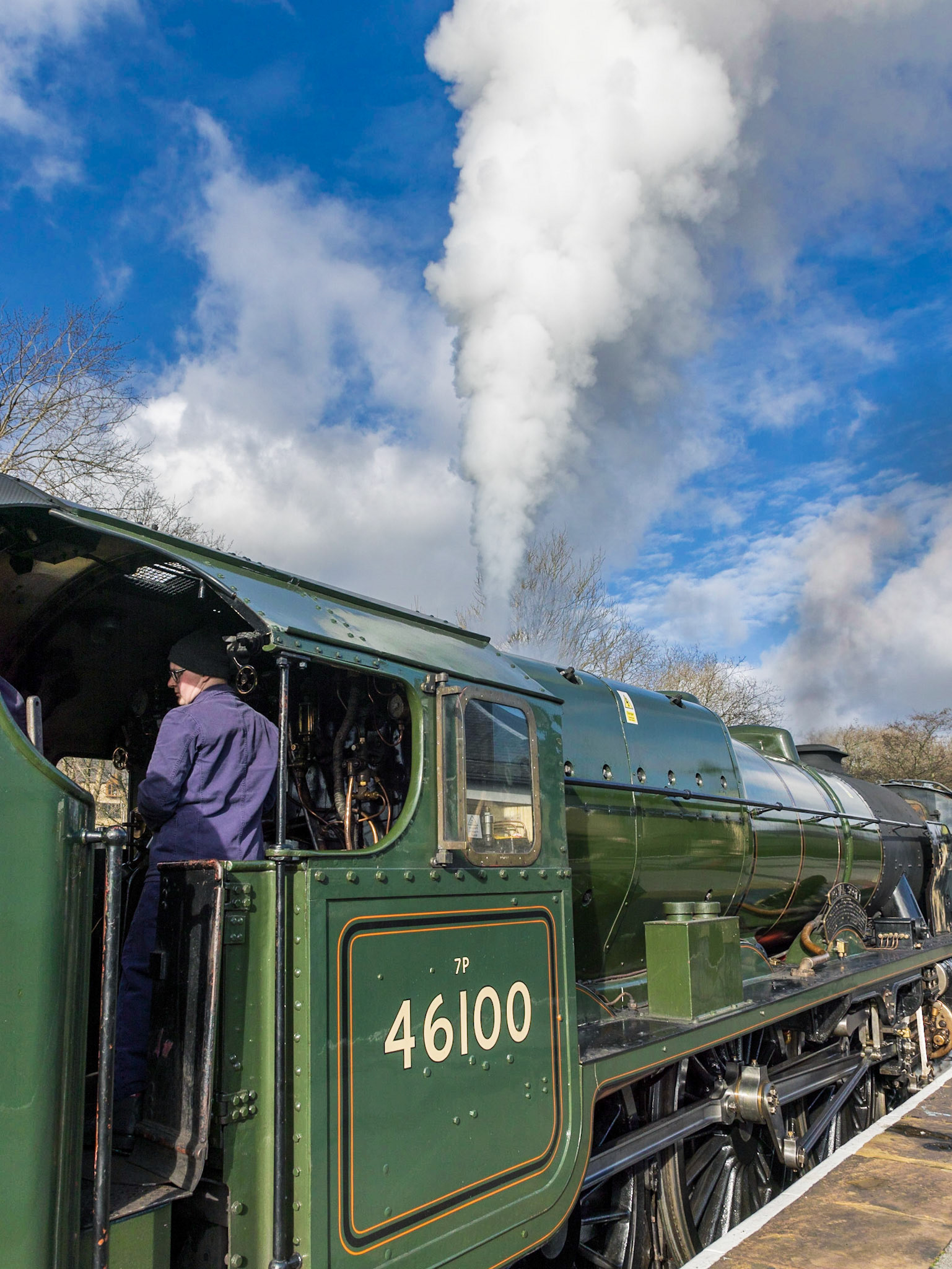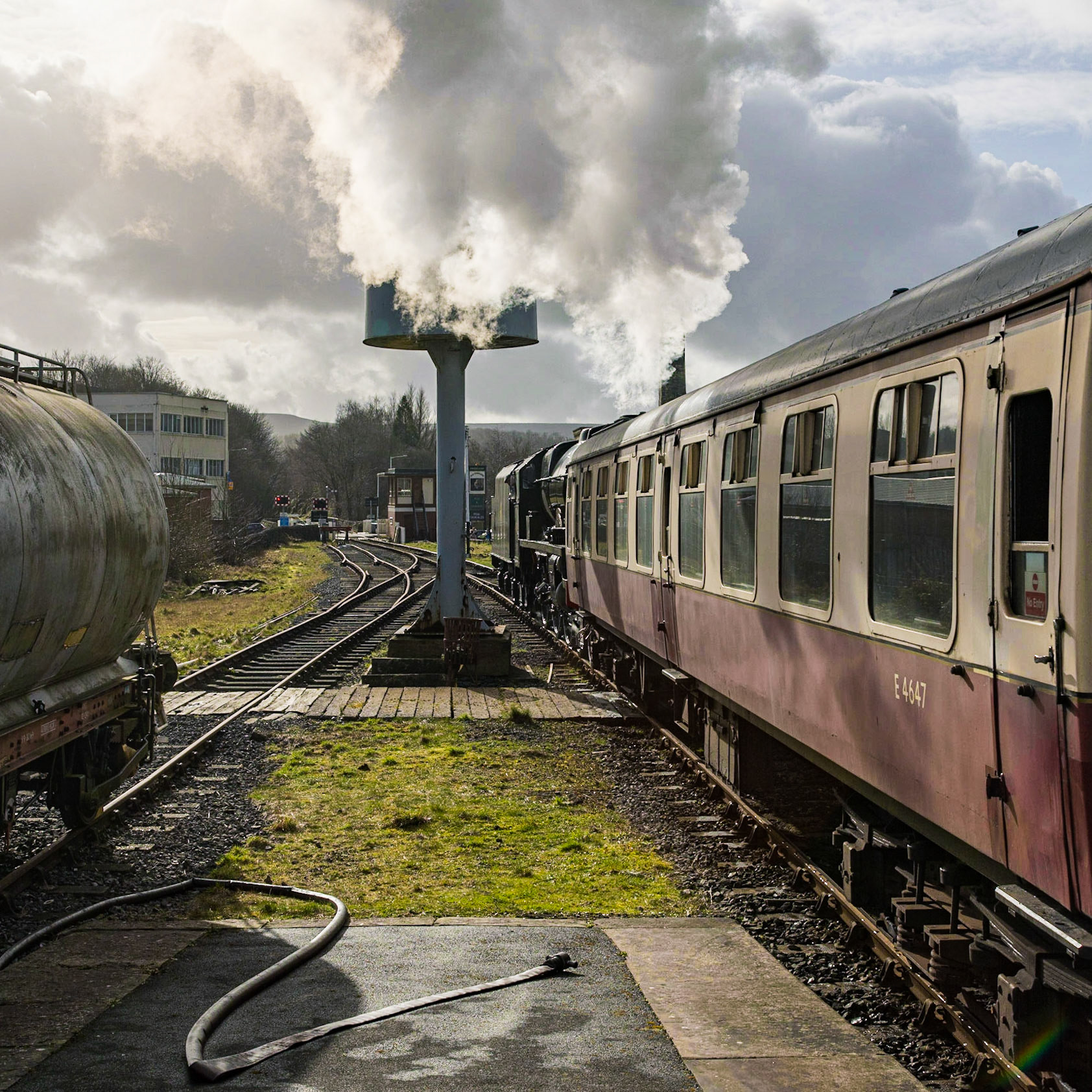
The Wheels And Linkage Of The Flying Scotsman

The Flying Scotsman On The Keighley And Worth Valley Railway

The Flying Scotsman On The Keighley And Worth Valley Railway

The Flying Scotsman On The Keighley And Worth Valley Railway

Steam Train at Haverthwaite Railway Station

Steam Train at Haverthwaite Railway Station

Another Suitcase, Another Platform

Playtime

Wheels

The Flying Scotsman

Locomotive 752 is now is based on the East Lancashire Railway and has recently been rebuilt, and renumbered 51456.

Locomotive 752 is now is based on the East Lancashire Railway and has recently been rebuilt, and renumbered 51456.

Locomotive 752 is now is based on the East Lancashire Railway and has recently been rebuilt, and renumbered 51456.

Built by Beyer Peacock in Manchester, the former Lancashire and Yorkshire railway class 23 number 752 was one of 230 such locomotives which were a common sight in Rochdale, Castleton and Heywood until the mid-1950s. Number 752 survived because it was sold to a colliery in the 1930s and was eventually donated by the National Coal Board for preservation in 1968. It ran for some time on the Keighley and Worth Valley Railway in the early 1980s but now is based on the East Lancashire Railway and has recently been rebuilt, and renumbered 51456.

Built by Beyer Peacock in Manchester, the former Lancashire and Yorkshire railway class 23 number 752 was one of 230 such locomotives which were a common sight in Rochdale, Castleton and Heywood until the mid-1950s.Number 752 survived because it was sold to a colliery in the 1930s and was eventually donated by the National Coal Board for preservation in 1968. It ran for some time on the Keighley and Worth Valley Railway in the early 1980s but now is based on the East Lancashire Railway and has recently been rebuilt, and renumbered 51456.

Built by Beyer Peacock in Manchester, the former Lancashire and Yorkshire railway class 23 number 752 was one of 230 such locomotives which were a common sight in Rochdale, Castleton and Heywood until the mid-1950s.Number 752 survived because it was sold to a colliery in the 1930s and was eventually donated by the National Coal Board for preservation in 1968. It ran for some time on the Keighley and Worth Valley Railway in the early 1980s but now is based on the East Lancashire Railway and has recently been rebuilt, and renumbered 51456.

Built by Beyer Peacock in Manchester, the former Lancashire and Yorkshire railway class 23 number 752 was one of 230 such locomotives which were a common sight in Rochdale, Castleton and Heywood until the mid-1950s.Number 752 survived because it was sold to a colliery in the 1930s and was eventually donated by the National Coal Board for preservation in 1968. It ran for some time on the Keighley and Worth Valley Railway in the early 1980s but now is based on the East Lancashire Railway and has recently been rebuilt, and renumbered 51456.

Built by Beyer Peacock in Manchester, the former Lancashire and Yorkshire railway class 23 number 752 was one of 230 such locomotives which were a common sight in Rochdale, Castleton and Heywood until the mid-1950s.Number 752 survived because it was sold to a colliery in the 1930s and was eventually donated by the National Coal Board for preservation in 1968. It ran for some time on the Keighley and Worth Valley Railway in the early 1980s but now is based on the East Lancashire Railway and has recently been rebuilt, and renumbered 51456.

Built by Beyer Peacock in Manchester, the former Lancashire and Yorkshire railway class 23 number 752 was one of 230 such locomotives which were a common sight in Rochdale, Castleton and Heywood until the mid-1950s.Number 752 survived because it was sold to a colliery in the 1930s and was eventually donated by the National Coal Board for preservation in 1968. It ran for some time on the Keighley and Worth Valley Railway in the early 1980s but now is based on the East Lancashire Railway and has recently been rebuilt, and renumbered 51456.

The Cab of 51456

Keeping The Tea Warm

Couplings on the 51456

Built by Beyer Peacock in Manchester, the former Lancashire and Yorkshire railway class 23 number 752 was one of 230 such locomotives which were a common sight in Rochdale, Castleton and Heywood until the mid-1950s.Number 752 survived because it was sold to a colliery in the 1930s and was eventually donated by the National Coal Board for preservation in 1968. It ran for some time on the Keighley and Worth Valley Railway in the early 1980s but now is based on the East Lancashire Railway and has recently been rebuilt, and renumbered 51456.

GWR Pannier 1501 is the only surviving example of a GWR 1500 class 0-6-0PT shunting engine. 1501 entered service on 31 July 1949 at London’s Old Oak Common, where duties included hauling long rakes of empty coaching stock in and out of Paddington Station. On 30 November 1950 the locomotive was reallocated to Southall for local shunting duties. In February 1961 it was sold to the National Coal Board. At the end of 2019, 1501 had recorded a total of 98,933 miles in preservation on the SVR. The reported total may include mileage on hire to other railways. The locomotive is owned by the 1501 Pannier Tank Association.

GWR Pannier 1501 is the only surviving example of a GWR 1500 class 0-6-0PT shunting engine. 1501 entered service on 31 July 1949 at London’s Old Oak Common, where duties included hauling long rakes of empty coaching stock in and out of Paddington Station. On 30 November 1950 the locomotive was reallocated to Southall for local shunting duties. In February 1961 it was sold to the National Coal Board. At the end of 2019, 1501 had recorded a total of 98,933 miles in preservation on the SVR. The reported total may include mileage on hire to other railways. The locomotive is owned by the 1501 Pannier Tank Association.

GWR Pannier 1501 is the only surviving example of a GWR 1500 class 0-6-0PT shunting engine.

GWR Pannier 1501 is the only surviving example of a GWR 1500 class 0-6-0PT shunting engine.

The Royal Scot was built in 1930 at Derby as 6152 The Kings Dragoon Guardsman. It was bought by Billy Butlin of Butlins Holiday Camps and after cosmetic restoration at Crewe Works, was set on a plinth at Skegness. 6100 left Skegness for the Bressingham Steam Museum on 16 March 1971 and was returned to steam in 1972. Following completion of work at Crewe in 2015, 46100 was transported to the Severn Valley Railway for running in before taking part in the autumn steam gala there. It is now back running on the main line.

The Royal Scot was built in 1930 at Derby as 6152 The Kings Dragoon Guardsman. It was bought by Billy Butlin of Butlins Holiday Camps and after cosmetic restoration at Crewe Works, was set on a plinth at Skegness. 6100 left Skegness for the Bressingham Steam Museum on 16 March 1971 and was returned to steam in 1972. Following completion of work at Crewe in 2015, 46100 was transported to the Severn Valley Railway for running in before taking part in the autumn steam gala there. It is now back running on the main line.

In 1933 the LMS was invited to send a locomotive and train to the Century of Progress International Exposition in Chicago, USA.It was decided to send an engine of the Royal Scot class, and one was selected that was due for general overhaul. The identity of this locomotive was 6152 The Kings Dragoon Guardsman. The coupled axleboxes were replaced with larger ones, based on a GWR design, and the bogie replaced by a De Glehn type, also derived from GWR practice. Springs and spring rigging were also updated, and the boiler replaced. The rebuilt locomotive assumed the identity of 6100 The Royal Scot with (on its return from the USA) an enlarged nameplate with details of its appearance at the exhibition. It retained this identity after its return from the USA. Whilst in America the engine went on an 11,194 mile tour of North America including crossing the Rockies.

The Royal Scot 46100 Blowing Off Steam

The Royal Scot was built in 1930 at Derby as 6152 The Kings Dragoon Guardsman. It was bought by Billy Butlin of Butlins Holiday Camps and after cosmetic restoration at Crewe Works, was set on a plinth at Skegness. 6100 left Skegness for the Bressingham Steam Museum on 16 March 1971 and was returned to steam in 1972. Following completion of work at Crewe in 2015, 46100 was transported to the Severn Valley Railway for running in before taking part in the autumn steam gala there. It is now back running on the main line.
